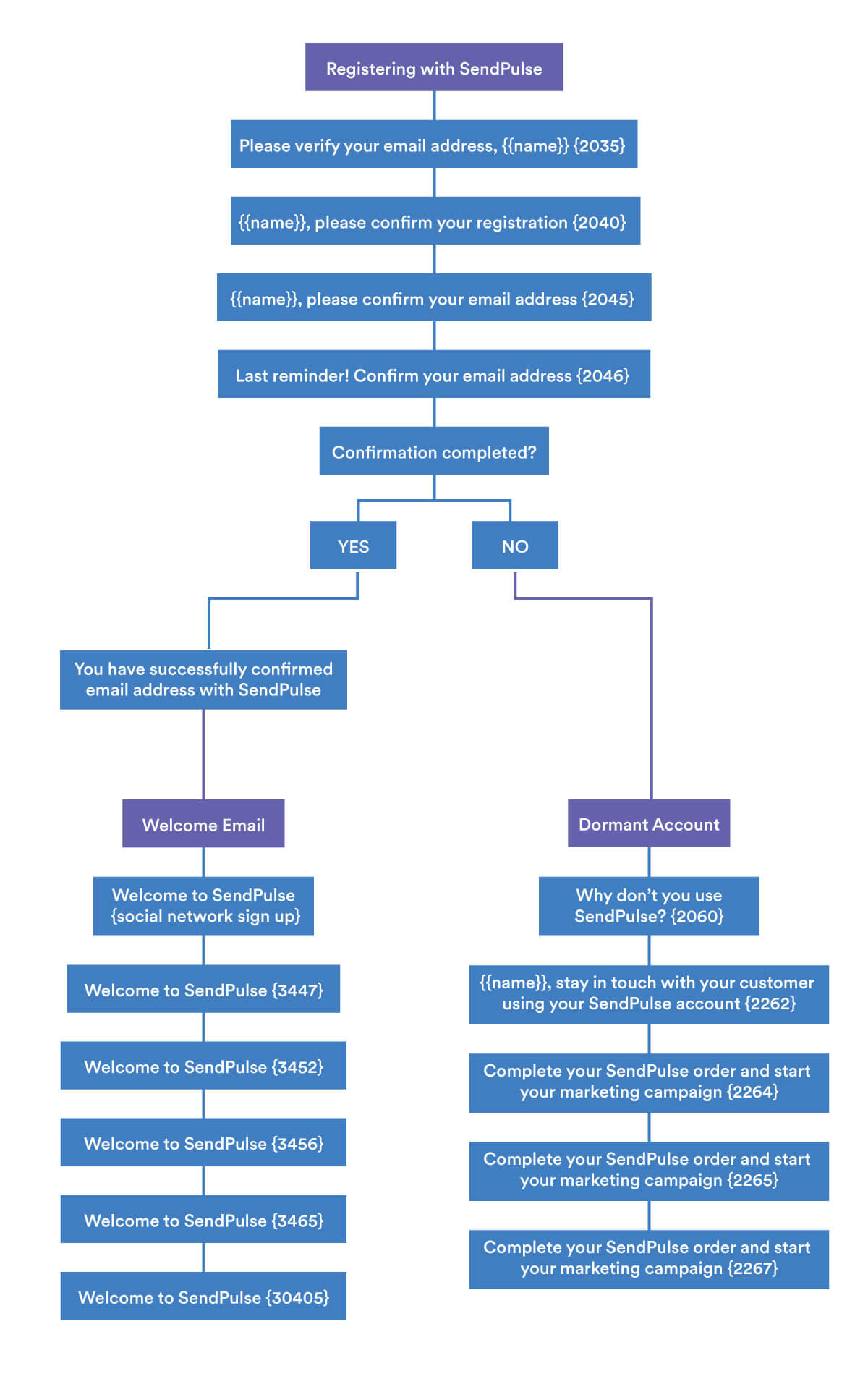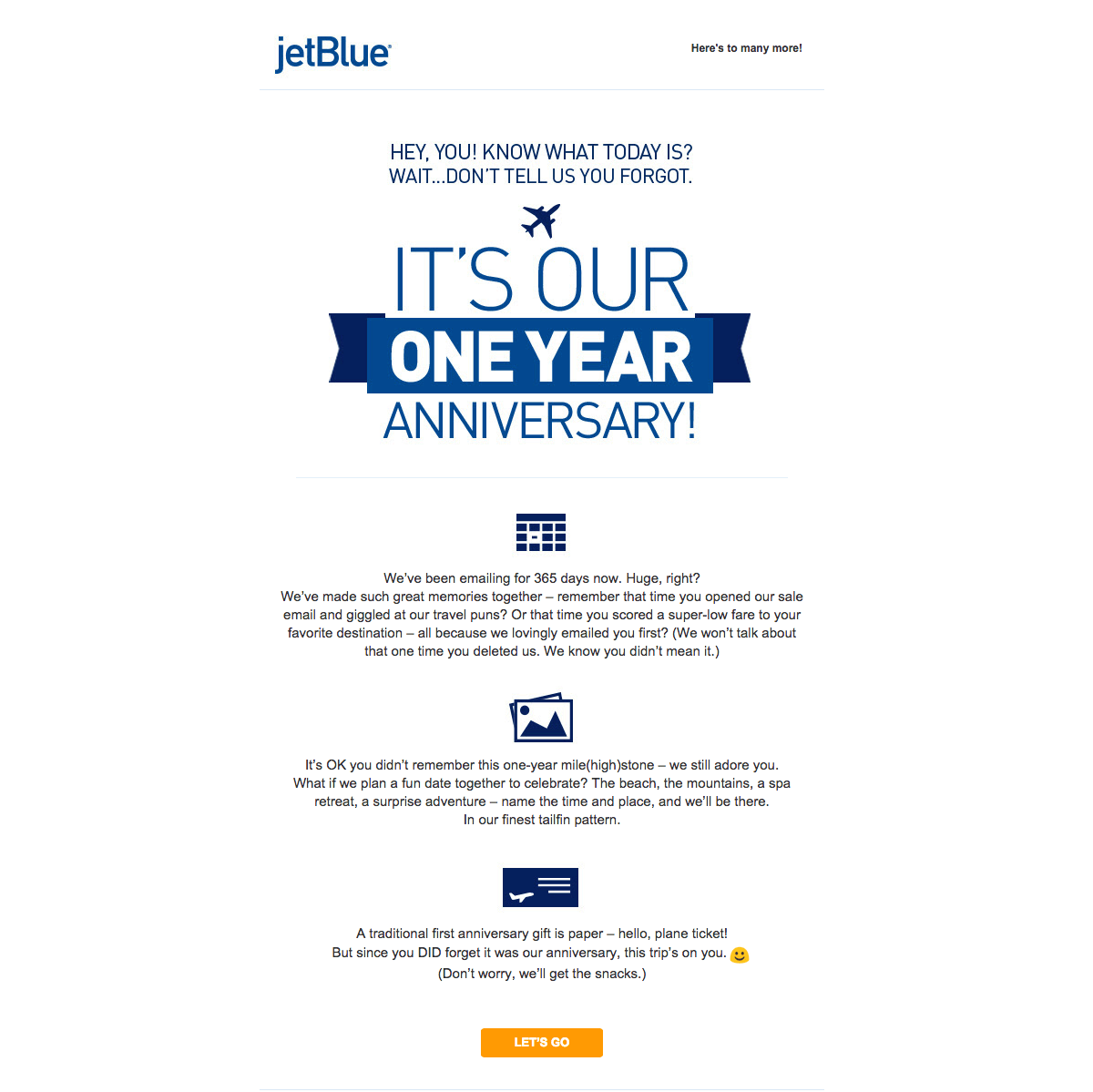15 Marketing Automation Best Practices to Drive Growth in 2023
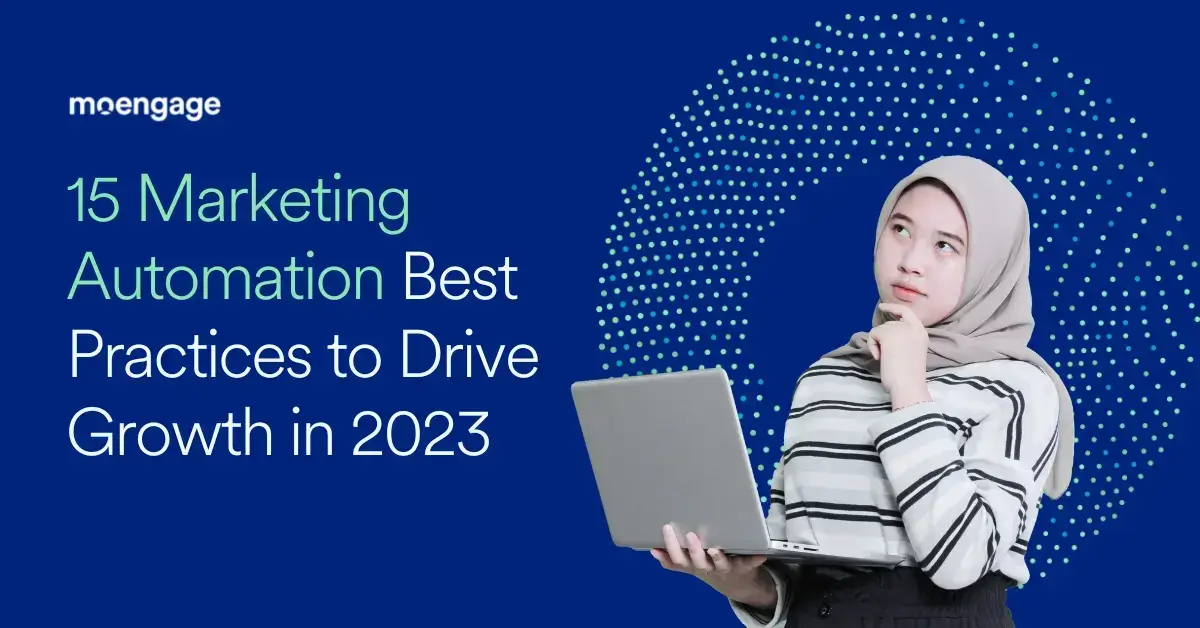
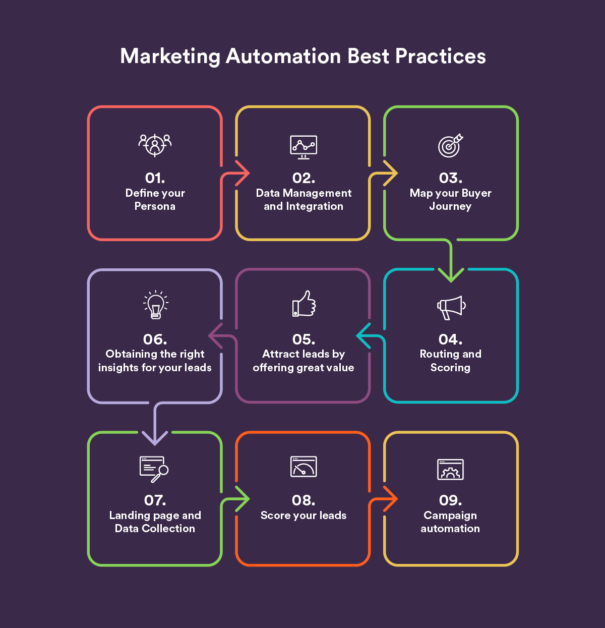 |
Every marketing-related blog out there talks about amazing automation campaigns–be it welcoming new subscribers and onboarding them to re-engaging with lost customers and celebrating the highly loyal user base.
However, very few talk about the marketing automation best practices that marketers should follow to optimize their campaigns.
In this blog, we will look at the top-15 marketing automation best practices you should swear by if you want to work smart, not hard. Let’s jump right in.
1. Visualize Your Marketing Automation Strategy for Organized Working
Lay the foundation right by using mind-mapping to visualize your marketing automation strategy and map out your lead flow. A mind map is basically a web of ideas driving innovation in the ‘sixth gear.’ Here’s an example for your reference:
|
Example of a Mind Map for an Automation Flow for Welcoming and Onboarding New Users |
| Takeaway: Always find the time to map out the lead flow, capture the trigger points, and build a centralized and streamlined lead routing process.
Bonus Material: If you want to use a free mind mapping tool, try Coggle or MindMeister. |
2. Find the Right Frequency and Warm-Up Leads Slowly
Instead of using guesswork to send promotional messages to your leads, gauge how your customers are responding to the communication. Use their responses to chart out a preferable timeline and send messages accordingly.
3. Hyper-Personalize for Improved User Retention
Start by focusing on your subscription form and collecting data on various communication touchpoints. Do these channels gather basic demographic information? Can the forms be used as an effective data-point to create hyper-personalized campaigns and boost user engagement? Here’s an example of a customized anniversary email by JetBlue that ticks all the personalization boxes and uses customer data effectively:
|
|
4. Categorize Your Lead Types for Targeted Messaging
Categorizing your leads allows you to roll out targeted messaging. This enhances the overall user experience and leaves a positive impact. To segment leads based on the various stages, consider these buckets:
- Anonymous: Someone who is browsing your website but has not provided any personal data yet
- Known: Someone who has self-identified
- Engaged: Someone who has interacted with your brand by clicking an email, downloading content, etc. but has not made a purchase yet
- Marketing Qualified Lead (MQL): Someone who has been qualified by your lead scoring process and is being pursued by your sales team
- Sales Qualified Lead (SQL): Someone who is interested in your brand as reviewed by your sales team
- Won: Someone who converts from a lead to a customer, with the lead stage being referred to as “won”
- Lost: A lead who doesn’t convert into a customer, with the lead stage being labeled as “lost”
- Disqualified: Someone who is never likely to buy from you
5. Keep Your Contact Database Clean to Reach the Right Leads
As a thumb rule, revisit your contact database every now and then to ensure there are no fake or duplicate accounts. To keep your database clean:
- Merge duplicates periodically.
- Put verification measures to identify fake emails and phone numbers so that the user is not allowed to submit the form unless they enter a valid email address.
6. Engage in Social Listening to Identify Brand Advocates Early On
You can use marketing automation tools that offer social listening and monitoring capabilities to engage with customers as soon as they mention your brand’s name on social media. This way, you won’t miss out on any potential lead or let customer complaints/issues fall through the cracks–as British Airways failed to do and suffered a major social media backlash.
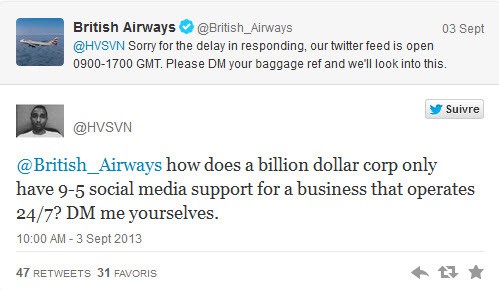
As you can imagine, this allows you to engage in damage control and course-correct quickly. Conversely, you can also interact with happy customers immediately and get the dialogue going by thanking them for their kind words, as Starbucks demonstrates below:
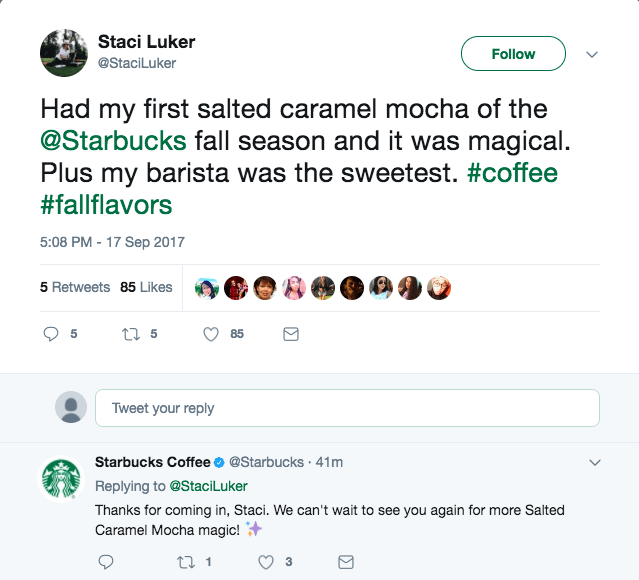
| Pro Tip: If you don’t know which features to look for, we suggest a tool that offers social CRM features. |
7. Drive Multi-Channel Campaigns for a Consistent User Experience
Marketing automation allows brands to offer a seamless omnichannel customer experience. Take the use case of Mashreq Neo which:
- Boosted conversion rates by 16%
- Onboarded 23K customers in three months
- Witnessed a 50% increase in CTR using personalization and AI
The problem: The brand’s mobile app was not integrated into the larger omnichannel experience. Plus, the customer data across channels and services were stored in silos and were not flowing into a centralized marketing automation platform or tool.
The solution: MoEngage suggested that their ‘mobile app’ be at the center of the customer journey (instead of being ‘just another’ touchpoint).
To start with, the team created a customer journey workflow with primary goals aligned to revenue.

The team suggested an onboarding journey workflow that included digital channels such as in-app messages, push notifications, SMS, emails, and IVR.
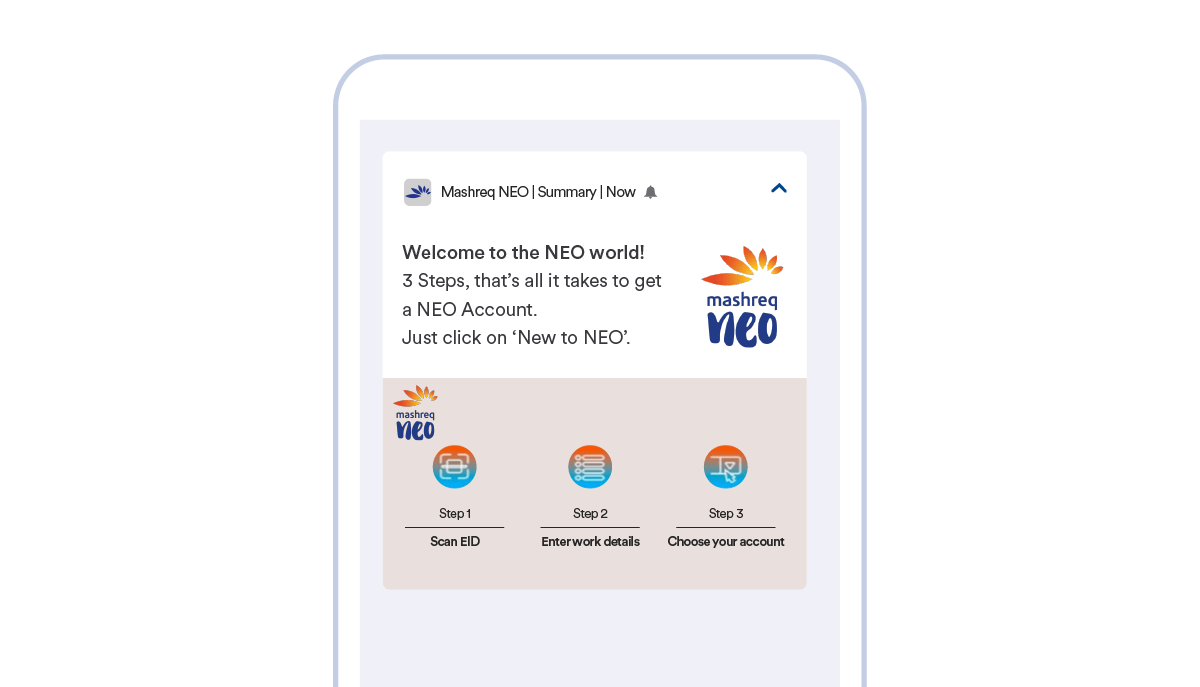
8. Keep Users Informed & Engaged with Email Newsletters
Email newsletters are an evergreen marketing tactic. Here’s an excellent example of an email newsletter by Airbnb that offers a great UX design, relevant and helpful information, and clear CTAs to engage the reader:
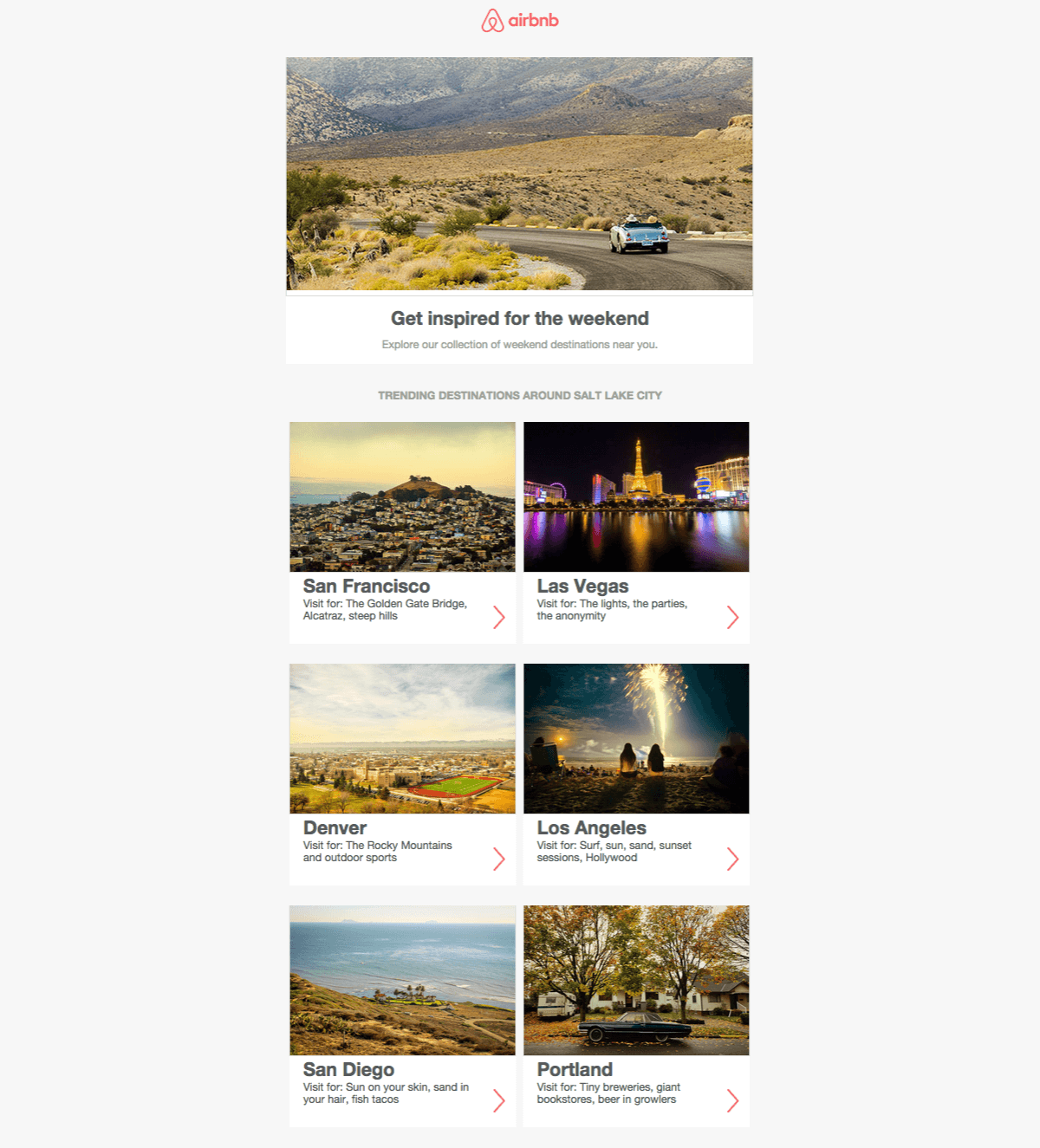
More importantly, you can set up automated newsletters easily:
Step 1: Opt for a marketing automation solution that provides beautiful email templates and an intuitive drag-and-drop email builder.
Step 2: Design emails with the right content and imagery. Make it personalized and unique to every user.
Step 3: Automate the distribution of your newsletter and keep the marketing mill churning.
9. Use Email Drip Campaigns to Nurture Leads and Cater to the Needs of the Existing Customers
Email drip campaigns are basically a series of pre-drafted emails that are sent at specific times, based on actions taken by leads.
Here’s an example of a genius email win-back drip campaign by Netflix. The brand first rolls out a cancelation confirmation email and redirects the user’s attention to a brightly-colored “Restart membership” CTA button.
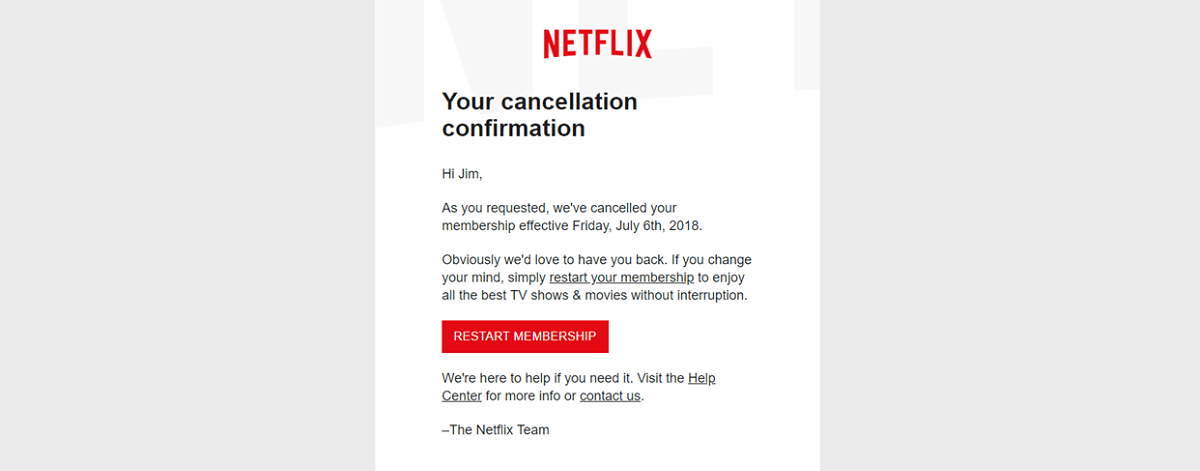
To boost the customer’s interest, the brand rolls out a series of emails within the next three months showcasing all the new movies and TV series that they are missing out on.
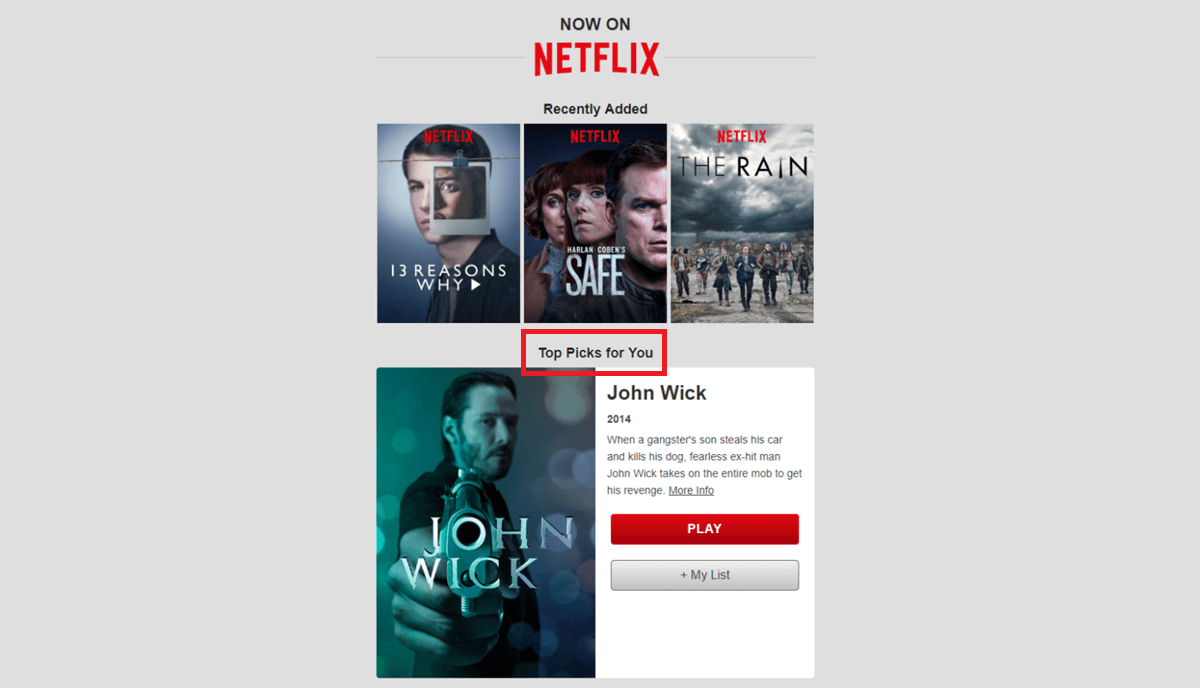
Finally, the brand delivers a targeted email to show customers how they can still enjoy the benefits of using Netflix by encouraging them to “Rejoin Today”.
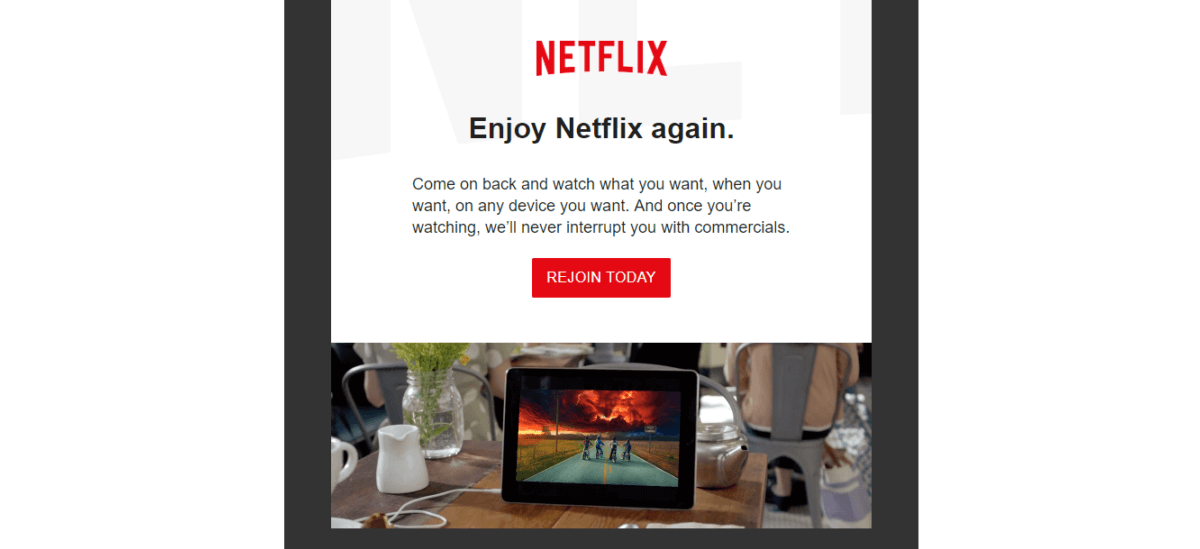
Since the entire sequence is automated, it saves marketers valuable time, effort, and energy.
10. Develop Buyer Personas for On-Point Targeting
Buyer personas provide a 360-degree snapshot of who your target audience is–from understanding their demographics and challenges to analyzing their interests and preferences. You can collect a treasure trove of valuable customer information and offer relevant solutions to their problems. Here’s an example of a buyer persona of a sales manager working for a tech company:
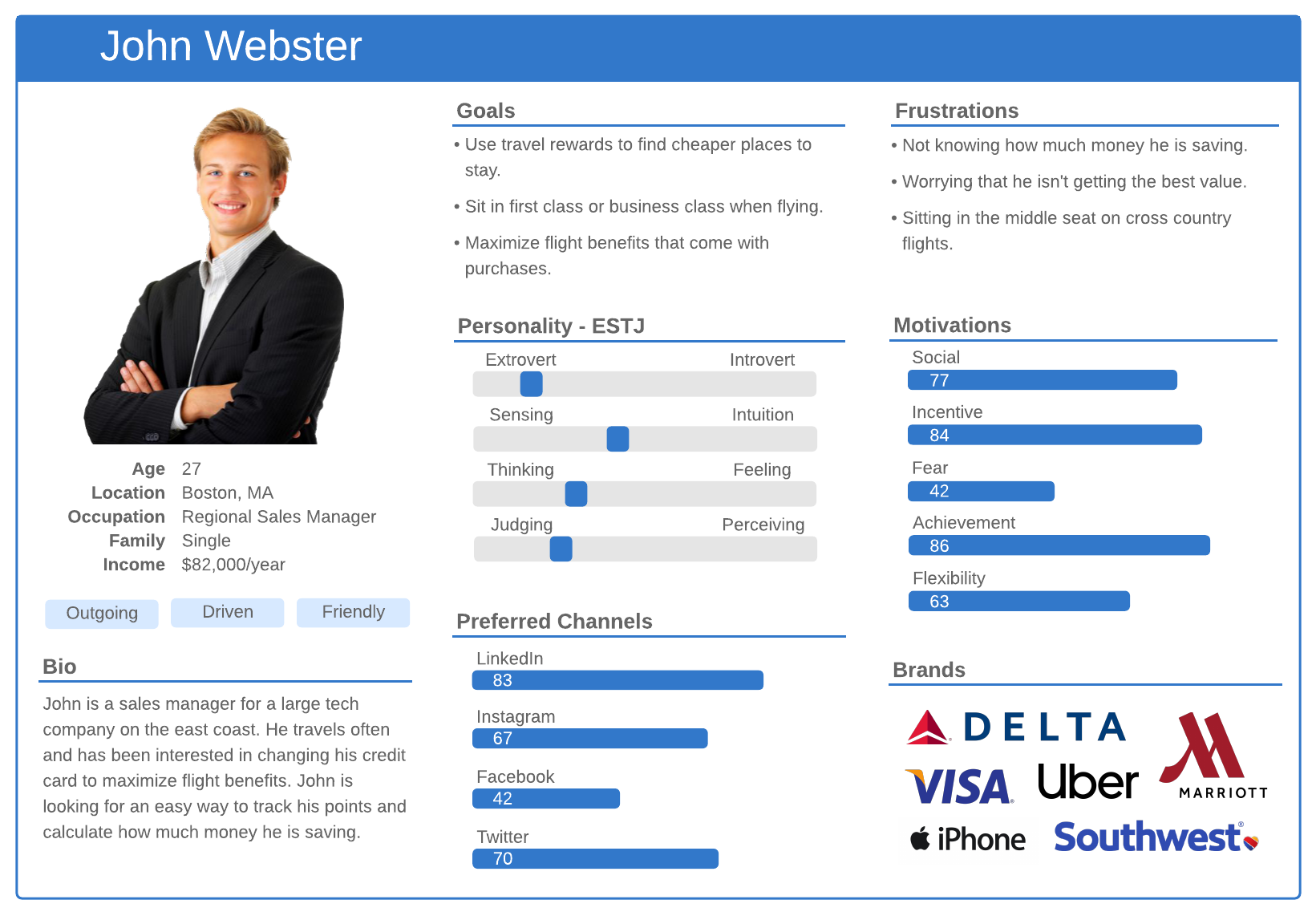 You can also use empathy maps to better consider your customers’ feelings throughout the buying process:
You can also use empathy maps to better consider your customers’ feelings throughout the buying process:

| Takeaway: Persona help identify prospective customer segments and define the kind of interactions you should have with these personas. |
11. Build Workflows Based on the Buyer’s Journey to Personalize the Messaging
Once you’ve created your buyer persona, you’ll need to map out a customer journey workflow–one which factors the following stages:
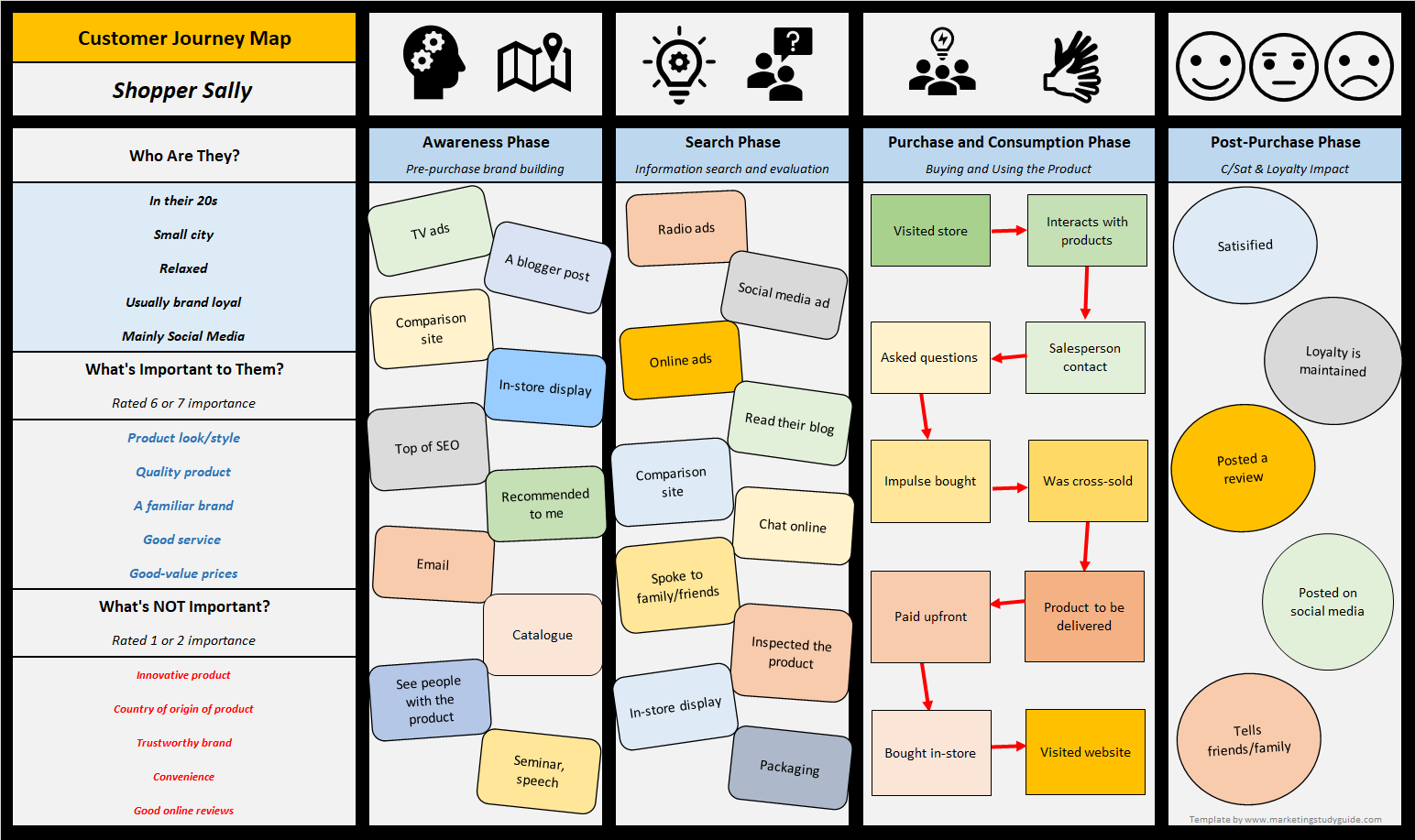
An Example of a Customer Journey Map |
- Awareness: When the prospect is aware of your brand and is seeking a solution
- Consideration: When they are weighing their options and considering your brand as a possible solution
- Decision: Whey then decide to go ahead with your brand
- Post-Purchase: When they might need added support or may require follow-up customer experience
Understanding where your prospect lies across the buyer journey will empower you to send the right message at the right time. Make sure to ask yourself the following questions:
- What answers are your users searching for as they move toward a purchase?
- What does their typical sales cycle look like?
12. Create Engaging Content to Connect Better with Your Customer Base
In order to create engaging content, you’ll need to answer the following:
- Who your personas are
- What stage of the buyer’s journey are they in
- What problem/challenge can you help solve
You can leverage data touchpoints such as data sheets, case studies, surveys, etc., to create compelling content. There are a variety of content formats you can create, such as quizzes, interactive videos, blogs, social media posts, polls, and surveys, etc.
Here are a few examples to get you inspired:
1. Netflix’ interactive user feedback survey allows the brand to understand where they can improve their offering while engaging with the customer.
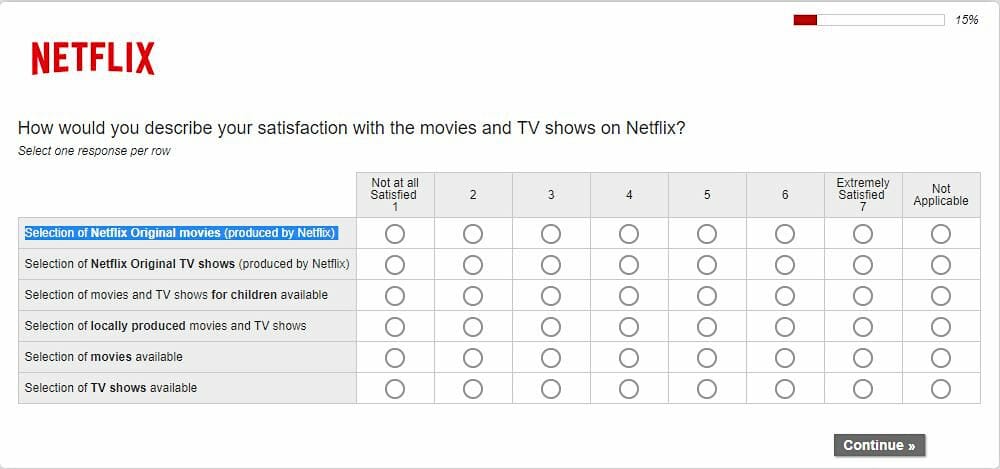
2. HubSpot uses polls, statistics, and quotes to engage users on Twitter.

3. Asana uses an interactive user guide (as opposed to a traditional blog) to help readers self-serve:
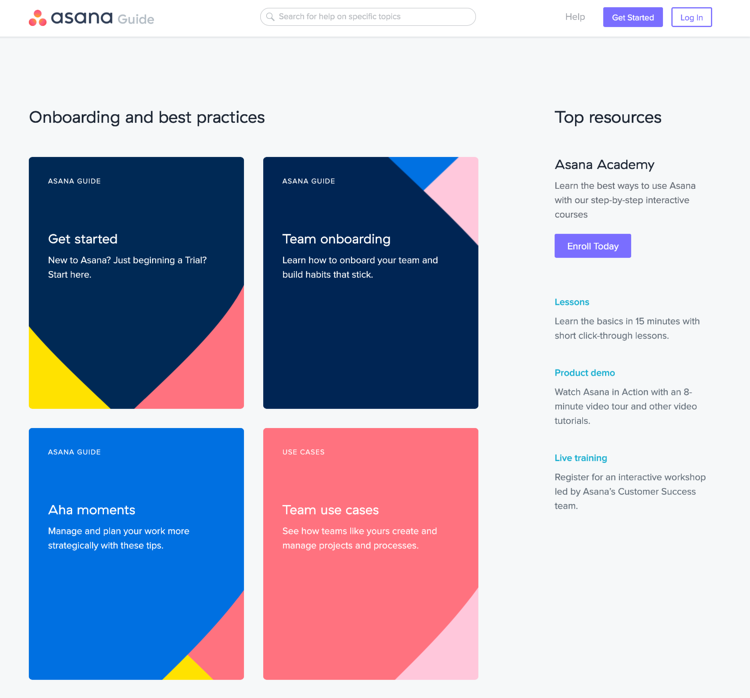
13. Factor in Email Reputability to Avoiding Being Branded as ‘Spam’
When considering email automation, make sure to factor in domain reputation and deliverability. Consider the case of FabHotels that witnessed a 90% improvement in email deliverability due to an improved domain reputation.
The problem: Poor domain reputation was directly impacting the emails’ inbox placement, and most of their emails were landing in the customers’ Spam folders.
The solution: MoEngage ran a host of experimental email campaigns to:
- Determine the exact volume at which emails stop landing in the inbox.
- Understand any microscopic factor that could cause a drop in email
domain reputation. - Perform an in-depth analysis through an end-to-end email program audit which included analyzing domain name, infrastructure, copy and design, customer segmentation, etc.
The results:
- 3X increase in email volumes
- 90% improvement in inbox placement
- 100% increase in email open rates
To enhance email deliverability, follow this process:
Step 1: Choose your audience well.
Step 2: Create compelling content.
Step 3: Provide clear subscription management options to your leads.
Step 4: Clean up your database so that only the opted-in and non-spam trap emails are used.
Step 5: Repeat the process.
14. Keep Your Forms Short to Capture Leads Effectively
To capture leads effectively, follow these best practices related to forms:
- Create easy-to-fill forms and incentivize the form-filling process.
- Always provide your lead with an avenue to be contacted.
- Provide only one call to action (think: event registration, demo registration, whitepaper download, etc.) to avoid confusing the prospect.
- Keep your form short and display fields dynamically if they’re conditionally required.
15. Evaluate Your Marketing Automation Performance to Drive Data-Led Decisions
The good news is that nearly every touchpoint in your marketing automation journey can be tracked. To monitor the progress and efficacy of your marketing automation campaigns, consider the following metrics:
- Open rate: It refers to the ratio of the number of opened messages to the total number of messages sent.
- Click-through rate (CTR): It is the ratio of the number of people who clicked on a link in your message to the total number of people who opened your message.
- Unsubscribe rate: It refers to the ratio of people who unsubscribed from your communication to the total number of recipients.
You can also track additional metrics such as site and landing page visits, number of content downloads, campaign outcomes, and so on.
| Pro Tip: Once you have the relevant data at hand, make sure to create a hypothesis about what could be going wrong. You can then tweak your communication and perform A/B testing to see what’s sticking (and what’s not). |
Wrapping Up
There you go. You can use these 15 marketing automation best practices as a framework and plan out a winning campaign that saves time and money on the business’ part and boosts user happiness as well as satisfaction at every stage of the buyer’s journey– a win-win for all.









